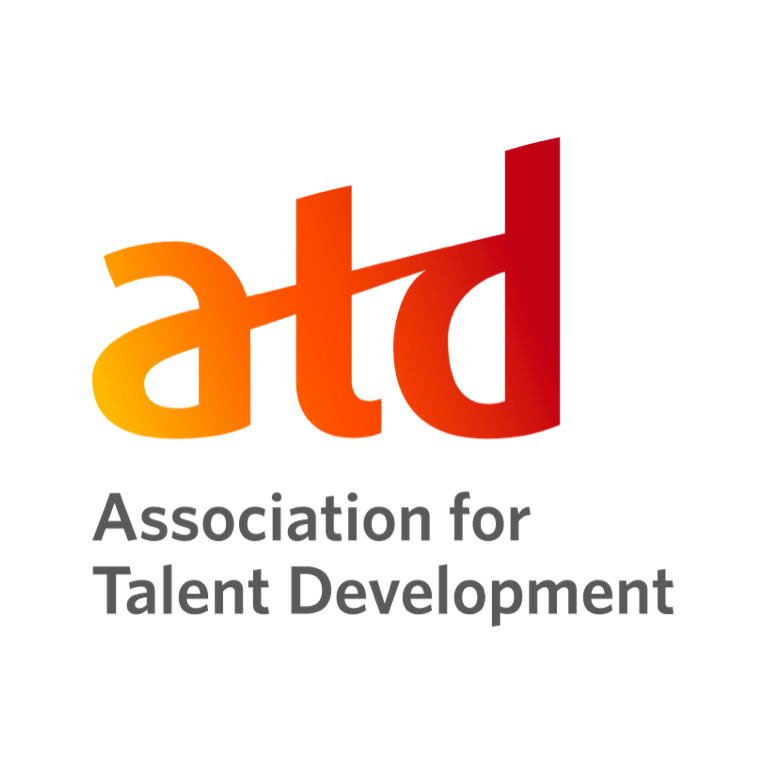Your Learning Programs Are Making People Comfortably Numb
Learning programs are the secret sauce of efficiency in any fast-moving organization. But let’s be honest: most learning programs are broken,...

Quick! What do you remember most about elementary school?
For me, it’s jumping off the swings on the playground, sitting under that big parachute thing in gym class, being George Harrison in our 5th grade choir concert (it was Around the World themed, and we acknowledged Britain with a Beatles song), going to the John Deere Home on a field trip, winning the Geography Bee, and smashing my thumb with a hammer at a building station in my kindergarten class (yes, back then, we had hammers and nails in our kindergarten because…well, honestly I have no idea why.)
In other words, my most pervasive memories of that era of my life are of me doing something active. I have few, if any, memories of sitting in my seat and reading a textbook or listening to my teacher’s lecture. All of my strongest memories involve movement, being outside, doing an activity, or working in groups.
We already know that exercise and movement help with our overall memory but what is sometimes missed is the fact that information is more easily encoded in our brains if its attached to an activity. According to the National Institute of Health, the more parts of the brain that are activated, the more deeply the experience gets encoded in our long-term memory. To wit: I don’t remember what was said in any of the speeches at my sister’s wedding but I do remember my entire family absolutely tearing up the dance floor after my dad made the DJ play his favorite song, J’en ai Marre by French pop star Alizée (my dad loved Alizée).
Let’s face it: live learning has been in a wild flux since the pandemic. We’ve had stretches of boom and bust as companies rethink training and the avalanche of wild news makes everyone freak out. Virtual trainings were all the rage in 2021 and 2022 (once everyone got the hang of Zoom or learned to stop worrying and love the Teams invite) (ugh Teams amirite). These proved effective for some types of training, less suitable for others, but overall provided a solid stopgap measure.
In 2023, we saw a pivot towards returning to in-person trainings as teams returned to the office and L&D departments remembered the value of in-person learning. As helpful and lovely as some virtual trainings can be, there’s really nothing quite like learning and energy that happens when co-workers are together in a room learning together.
I’ve been a facilitator for 11 years and after almost every single session I ask “what resonated from today?” Almost without fail, someone brings up an activity we did that engaged their brains in a different way. Rarely do they say “I love when you talked at us for 10 minutes!” or “I loved slide number 28!” Instead, they love the conversations they have with each other, the moments of fun and discovery as they try to complete a challenge or follow a proscribed rule in an activity. That’s what inevitably sticks with them. Not the words, not the bullet points, but the experience.
We know that Experiential Learning is good for us. But, rarely do we consider the deeper reasons why.
The National Institute of Health defines EL as such:
“EL is a pedagogical approach that views learning as a continuous cycle of experience, reflection, and application. In this model, learners engage in hands‐on experiences, typically with the guidance of an educator and within a structured learning environment. The learner then reflects on these experiences, allowing for the construction of new knowledge and the eventual application of that knowledge in subsequent experiences.”
But just how does that new knowledge get constructed? First, we need to understand a new term: Constructivism.
Essentially, constructivism argues that people do not build their perception of reality through “direct transmission” (i.e. lecture, PowerPoint data, etc.) but instead cobble it together through active “experiences and interactions.” In other words, you can tell a person the pan on the stove is hot but they likely won’t believe it until they touch it themselves.
Likewise, your employees won’t believe a new process or value proposition is beneficial to them until they are able to test it out themselves and converse with colleagues about it. This helps them construct beliefs aligned with learning goals and create a sense of “shared meaning” with peers.
This cycle of live learning being en vogue and then abruptly not en vogue will likely always occur, but the fundamental truth is, a company can cut corners and tighten purse strings, but it can’t rewire human brains to learn effectively from seven PDF attachments or a 93-slide PowerPoint. Companies will always find themselves returning to live learning, or heavily experiential virtual trainings, as it proves the only true way to effectively create behavioral change and long-term efficacy among employees.
So as we wait for the winds to return to our favor, we remember that, like Miss Willis’ lecture on long division, this moment won’t last forever and soon, that recess bell will ring and we’ll get to experience something truly memorable, together.

Learning programs are the secret sauce of efficiency in any fast-moving organization. But let’s be honest: most learning programs are broken,...

3 min read
The most basic function of a story is to keep someone's attention. A story is a parlor trick of sorts, a little razzle-dazzle and...

ATD 2021 in Salt Lake City was, above all, tons of fun. Even with a somewhat smaller number of attendees than normal due to the Delta variant, we...